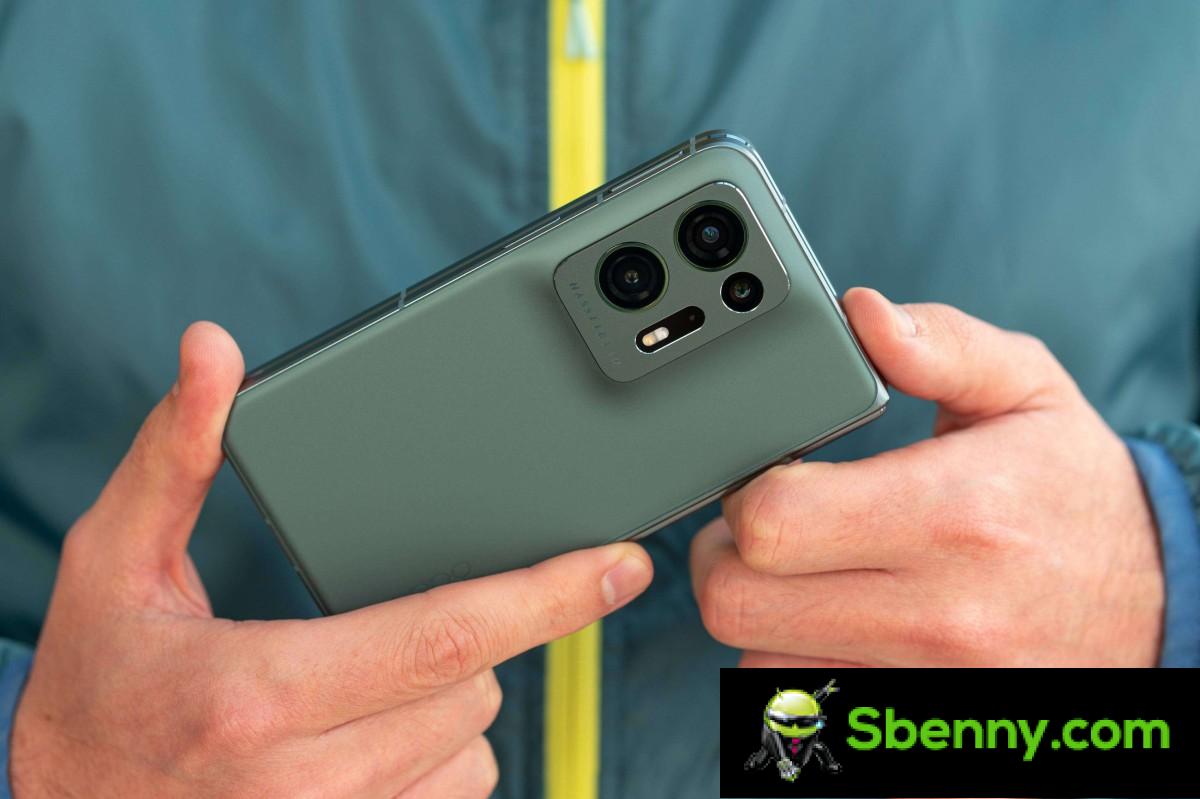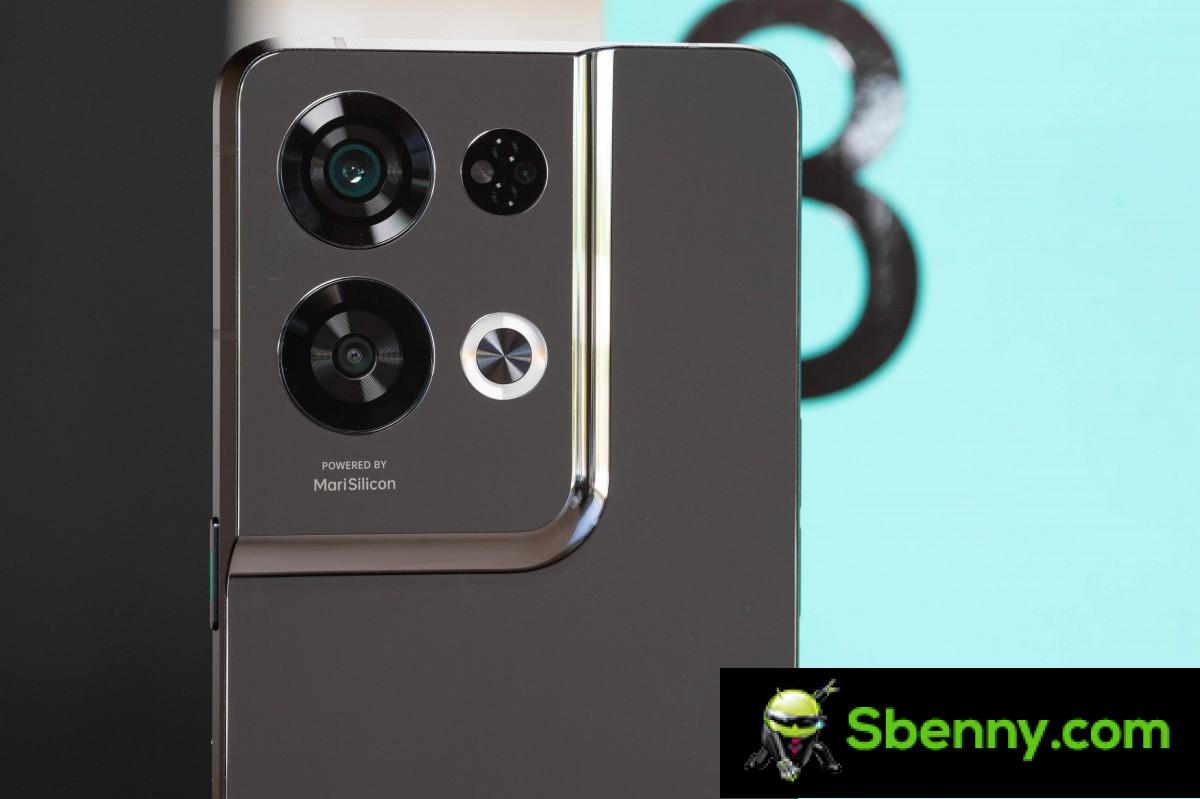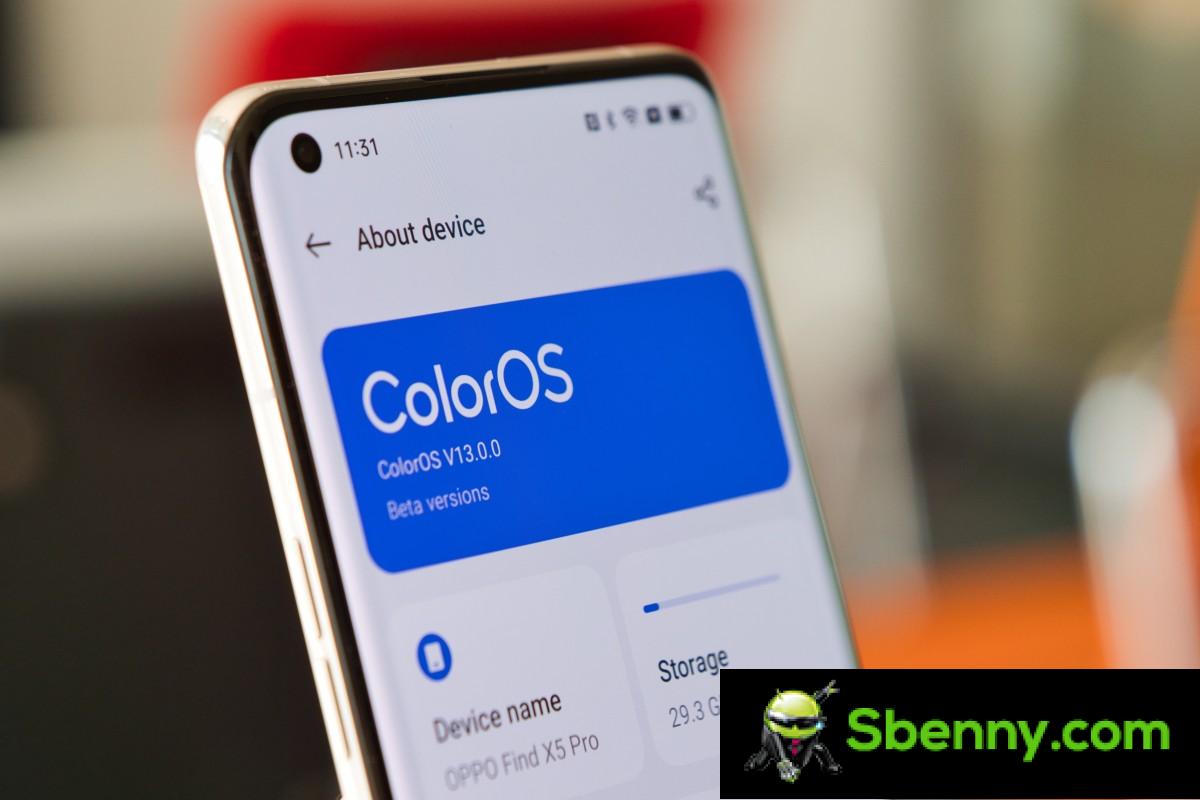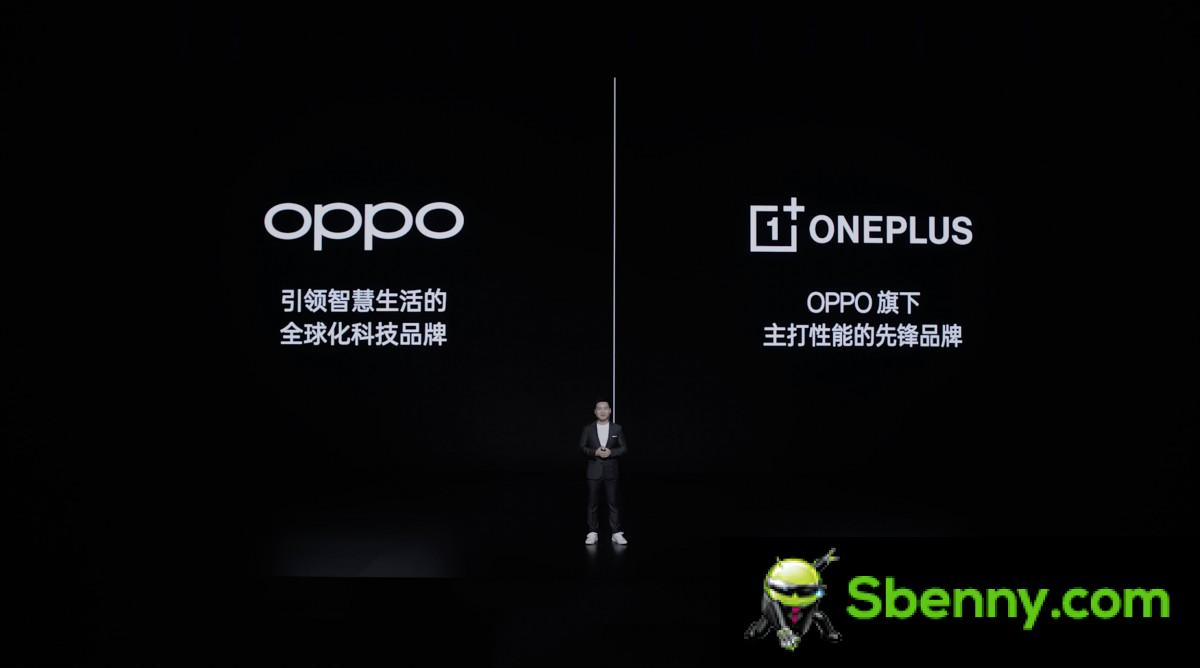Another twelve months are behind us, and Oppo is once again confirmed as a leader in the world of smartphones. It announced a custom NPU called MariSilicon X in the last days of 2021, but it was only this year that it made its way to smartphones.
Oppo has unveiled foldables, regular flagships and many mid-rangers. Here are the winners and losers in the Oppo portfolio for 2022.
Winner and loser: Oppo Find N2
The new foldable looks a lot like its predecessor, but seeing how Find N probably had the best hardware among the horizontal foldables is not bad news. Oppo has kept what was great about the Find N and added several major improvements to create an even more refined product.
Oppo Find N2 has almost the same footprint as its predecessor, but is a much lighter smartphone with better screens, cameras and handling.

The Find N2 ditched wireless charging in its quest for lightweight, but it makes up for it with the fastest wired speeds in its class. It is powered by a powerful Snapdragon 8+ Gen 1 chipset and the cameras are very solid too.
However, the Find N2 remains tied to China which is really disappointing. Oppo has shown that it can produce a foldable smartphone capable of fighting against Samsung, but we have yet to see if it can do it on a large scale. Let’s hope its 2023 successor takes the final step.
Winner: MariSilicon X NPU
Oppo is a company that prides itself on its innovations and the internal NPU is responsible for increasing the performance of the camera, especially on the video side. It is a chip based on the 6nm process, offers up to 18 TOPS of computing power, and delivers stunning video in a low-light environment, as well as vertical backlit video.

We’ve used several phones with the MariSilicon X and were impressed with the color accuracy in the dark.
Oppo also unveiled the MariSilicon Y at its Anthem Day in mid-December, but it’s not a successor to the X; it’s a completely different chip, dedicated to providing better audio performance over Bluetooth. Whether it will work as expected, we have to wait until 2023 and see.
Loser: Oppo Find X5 Pro
Oppo’s mainstream flagship 2022 is a great device on its own. However, when we step back and look at the bigger picture, the Find X5 Pro is a minor upgrade over its predecessor, the 2021 Find X3 Pro. Oppo hasn’t fixed the underperforming 2x telephoto lens, despite there being a 5x camera in the Find X2 Pro 2020.
The starting price of €1,300 in Europe was a bit too ambitious and while a reduced price of €999 was finally available from some retailers, it came a little late and with limited marketing expenditure the phone never reached the its potential in the West.
Loser: Oppo Reno8 Pro
The Reno8 Pro is known in China as the Reno8 Pro+, but it’s not the confusing name that puts it among the underdogs. The phone has been launched at an extraordinarily high price point at home and abroad, making it a tough recommendation.

The phone is great, but in the overcrowded midrange world, it hardly stands out. It has no official input protection, no microSD slot, and no 3.5mm audio jack. Oppo’s services and accessories are not as widely available as at home, which also limits the user’s value.
Winner: Oppo Reno9 Pro+
The Reno series is the company’s most popular formation on the international scene. The newly announced Reno9 Pro+ has already made its debut in China and is apparently a more worthy addition to the series than its predecessor. So once it goes overseas, it could cause serious headaches for Xiaomi and Samsung.

The Reno9 Pro+ comes with 80W charging, a 50MP main camera with a Sony IMX800 sensor and even the MariSilicon X NPU. The phone is powered by a Snapdragon 8+ Gen 1 chipset and comes in a great color option mint – there is a lot to do.
Loser: Oppo Reno7 Lite/F21 5G
We reviewed a phone in June called the Reno7 Lite. It came with the Snapdragon 695 chipset, 64MP main camera, and RGB ring around the cameras, which lights up for notifications and charging progress. It’s a thin, light, and attractive device with one big caveat: It ships under four different names around the world. And that doesn’t help consumers at all.




Oppo Reno7 Lite • Oppo Reno7 Z 5G • Oppo F21 Pro 5G • Oppo Reno8 Lite
The Oppo Reno7 Lite 5G, also called Oppo Reno7 Z 5G, also called Oppo F21 Pro 5G, also called Oppo Reno8 Lite 5G is expensive, plus the confusing naming scheme.
It comes with older Android 11 in all markets, the display is only 60Hz, the speaker isn’t loud at all, and the camera setup isn’t impressive. There are more attractive alternatives in almost every market.
Winner: ColorOS 13
Long gone are the days of bloated software that put Oppo devices at a disadvantage outside the domestic market. The Guangdong company has listened to its fans and consumers and has further improved its ColorOS 13 feature-rich user interface.
The operating system will reach out to devices and bring them not only the latest UI but also the latest Android 13, something other Chinese competitors often struggle with.

ColorOS 13 comes with smoother animations that also include a behavioral prediction for user action – this is pretty impressive; the manufacturer clearly wants its users to feel welcome when using an Oppo smartphone for a longer period of time.
The AOD feature has gotten more customization, the control center has been revamped, and we have to mention the special Spotify widget that allows for more playback control in the audio streaming platform from the lock screen. Oppo has done a great job with ColorOS 13 and we are quite optimistic about what we will see in the future.
Special mention: New strategic partnership with OnePlus
Everything new is well forgotten, said the grandmother. OnePlus was born out of Oppo and lived its own life for quite some time, despite the two brands sharing manufacturing facilities, R&D resources and suppliers.
Until it wasn’t. OnePlus has fully adopted ColorOS in China, abandoning Hydrogen OS, which was after all based on the same core, and in the last weeks of 2022, the brands held a joint event, announcing a “new strategic partnership”.

The joint venture will see Oppo invest the equivalent of US$1.4 billion in OnePlus over the next three years and maintain a “dual-brand strategy”. That is to say, we will still see smartphones delivered under the two brands even if they will be more closely related than before.
In the end, this move might not be much, but it’s always helpful to provide clarity and more context to certain product releases and marketing decisions.







Start a new Thread